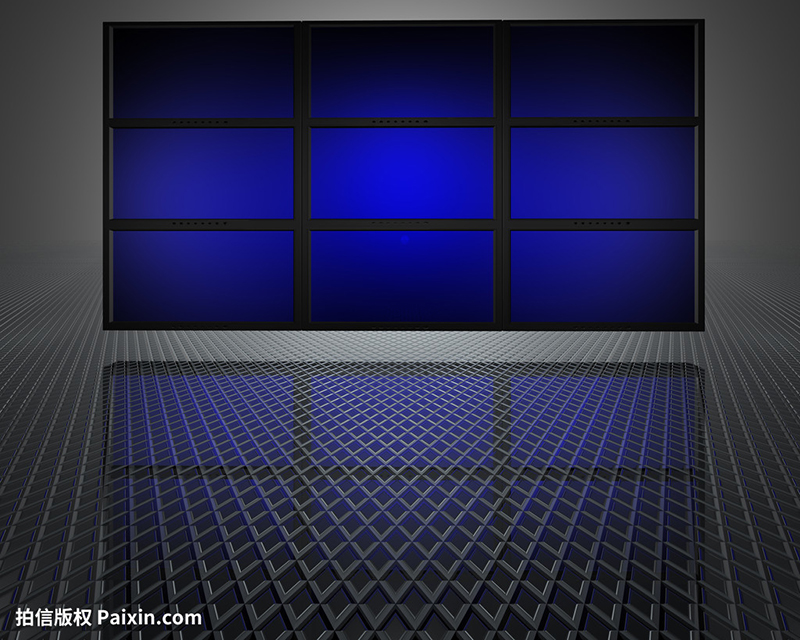2021-11-01
After the housing economy has driven the demand for TVs, monitors and laptops to climb for two consecutive years, the market demand for the three major panel applications will slow down in 2022. Fan Boyu, vice president of TrendForce’s research department, said that next year’s panel production capacity will continue to increase, and demand growth will be limited. The annual supply-demand ratio is 7.3%, a relatively loose situation. The first-quarter supply-demand ratio is as high as 11.7%, close to a historical high, and the price of small-size TV panels At the end of the year, cash costs are approaching, and large-size panels will also be touched in the first quarter. It is expected that TV panels will lose money in the first quarter of next year.

As the timing enters the fourth quarter, panel prices continue to decline. TrendForce puts forward its views on the outlook for 2022. Fan Boyu said that the domestic market demand for LCD TVs was weak. In the past two years, it was supported by the North American market. As the housing economy faded and the North American market demand declined, the demand for TV panels weakened in the second half of this year. It is expected that the market size of TV sets will remain at 215 million units in 2022, a slight increase compared to this year. Among them, OLED TV shipments have grown steadily, while LCD TV shipments will decline slightly. As for the TV panel, due to the increase in production capacity, the annual shipment will surpass 273 million pieces, an annual growth of 5.4%.
In the past two years, due to the epidemic, the demand for IT products has grown substantially. After the housing economy has subsided, the market for monitors is estimated to be slightly reduced to 143 million units, a year-on-year decrease of 2.1%. However, panel production capacity is abundant, and domestic panel makers continue to expand supply. It is estimated that monitor panel shipments will continue to grow next year to 178 million pieces, an annual increase of 3.5%.
The explosive growth of notebooks last year was due to short supply. Some demand was postponed to this year. It is estimated that the size of the notebook market will reach 239 million units this year. Although the temperature will decrease next year, it is expected to remain at the high-end level of 220 million units. In terms of notebook panels, about 277 million pieces will be shipped this year, and will slightly increase to 279 million pieces next year.
Fan Boyu said that overall, the demand for the three large-size panel applications will cool down next year, but the panel production capacity continues to expand, and the pressure of oversupply throughout the year is considerable. In terms of the panel supply-demand ratio, in the third quarter of this year, due to the sharp decline in demand, the supply-demand ratio was severely imbalanced, and the supply-demand ratio reached 9.7%. After the price drop, the fourth-quarter supply increased, and the supply-demand ratio returned to 5.4%. However, the first quarter of next year will enter the traditional off-season, and the current supply chain inventory level is relatively high. It will take some time to remove the inventory. It is estimated that the supply-demand ratio in the first quarter will reach 11.7%, which is close to a record high. With the gradual recovery of the pull of goods, the gap between supply and demand will narrow quarter by quarter, and it is expected to converge to less than 5% in the second half of the year.
Fan Boyu said that although TV panel prices have fallen sharply, IT panels still have profits. Panel makers are unwilling to initiate large-scale production cuts and can only cut prices to sprint shipments, and TV panel prices have accelerated to catch up. The price of small-size TV panels is close to the cash cost at the end of this year, and the cash cost of large-size TV panels drops in the first quarter, and TV panels will fall into a loss. (Source: Business Times)